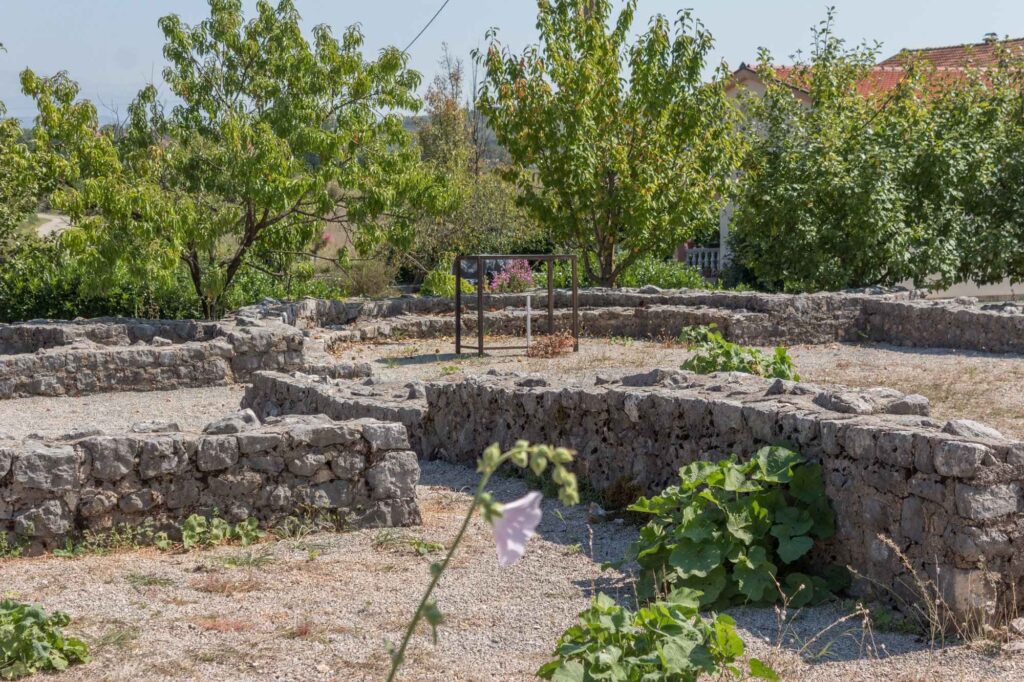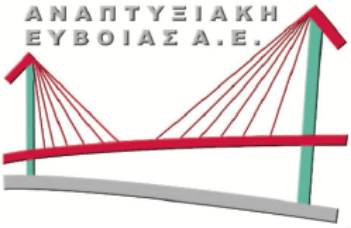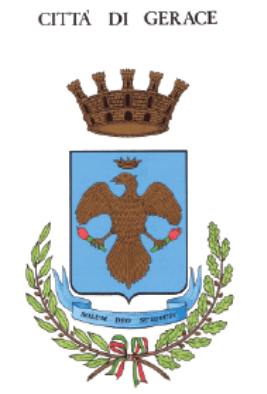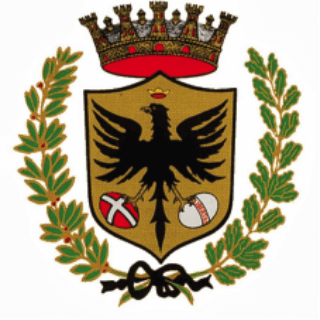
The early Christian basilica in Mokro belongs to the Bosnian-Herzegovinian type with a complex floor plan, in the center of which is a nave inside which gathers a regiment, a narthex - a covered entrance in the west, and in the east a semicircular apse inside which is a presbytery. The side rooms were used for the purpose of preparing a liturgical celebration (Katakumene) or holding a baptismal ceremony (baptistery with a piscina). Archaeological excavations were organized in two campaigns, the first systematic in 1952 (D. Sergejevski), and the second audit excavations in 1997-98. under the leadership of T. Anđelić and A. Zelenika. Among the movable archeological material, a part of the church furniture with typical vegetable relief motifs that we date to the period from 6-7 stands out. c. Traces of life from later periods have not been recorded, ie the site was abandoned after the 7th century and gradually dismantled for the purpose of building more recent buildings.





